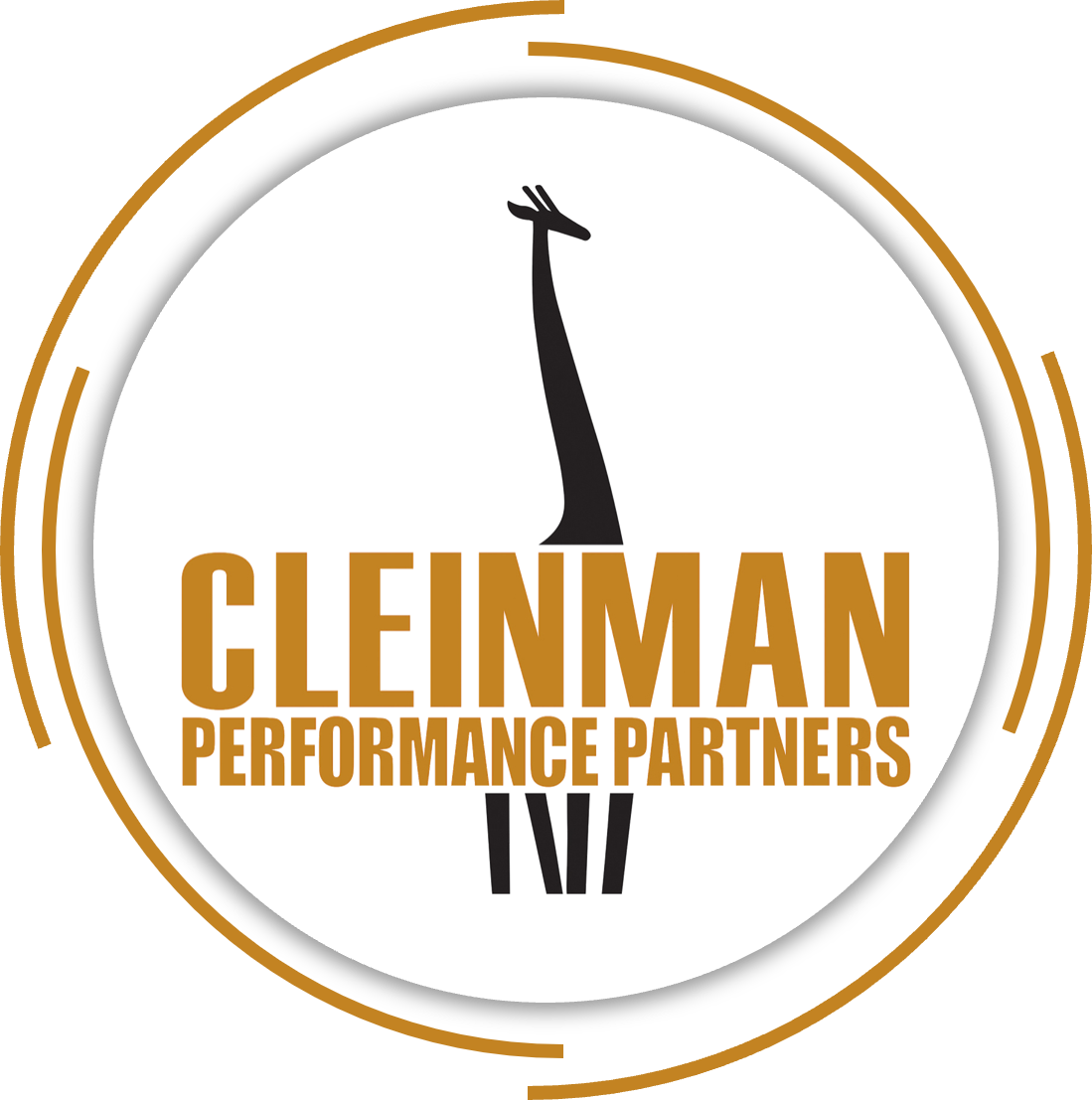Heads…or Tails? October 4, 2022
A father had two sons, one a pessimist and the other an optimist. Come Christmas, for his one son he purchased everything in the LL Bean Catalog and placed the products in the attic. For his other son, he had a local farmer deliver a truckload of horse manure, which he placed in his basement. Come Christmas morning, he went upstairs and observed his one son picking up each item and cross-referencing it to the catalog, saying “I know there’s something missing. He then went down to the basement and heard his other son exclaiming, “Dad, with all this horse manure, there’s gotta be a pony here somewhere!”
Read More…We are in the midst of a sea-change in the United States, the likes of which I’m not sure we’ve ever seen. The Pandemic, widening political bifurcation, supply chain constipation, hyper-growth in on-line shopping, dramatic decline in travel and the shuttering of centralized offices created uncertainty among all of us. Sure, Airports are now bustling. Restaurants that survived Covid are now full. Our kids are now back in school. But are we really seeing a return to normalcy?
Indeed, what’s the new normal?
Over 100 years ago, society began to morph from an attitude of “enough” to that of a desire for more. Coming out of the great depression, people wanted more…more money so they could buy more stuff. Indeed, the saying “keep up with the Joneses” came about in 1913, the result of a Comic strip by that name. World War II created scarcity, which was then followed by the creation of the Culture of More attitude…woman went to work and brought a second income into the household, most of which was directed to…you guessed it…“more.” The 1980s and its drive to excess and access…created by the miniaturization of technology…only cemented the enculturation of “More,” which in turn fueled the movement of manufacturing to third-world countries, where consumer products could be made on the cheap…which in turn created the opportunity for the likes of Amazon and FEDEX. I want it now…and I want it cheap…was the driving force.
Coming out of the Pandemic, we’re now in an era of near full employment and an expectation of a labor shortage for at least the next decade. We’re experiencing the highest inflation in 40 years, the highest interest rates in 15 years, a bear stock market, and a recession on the horizon. And the Pandemic seems to have changed attitudes towards many things, especially employment. Clients are reporting challenges in hiring and retention. Job hopping is becoming more prevalent. Recruiting more challenging. Retention more of an issue. This is all exacerbated by the normalization of work from home.
Yes, , for many, it’s easy to become a pessimist. Some of you may well be pulling back your investments, postponing initiatives, leaving positions open. Is this the right thing to do?
Studies have shown repeatedly that businesses that maintain their investments through recessions come out ahead. It’s clear that pulling back may help the bottom line in the short-term, but negatively impact your long-term prospects.
Despite what you read by naysayers on certain Facebook groups, opportunity is virtually everywhere in the eyecare community. Demographics are on your side, what with an aging population AND aging optometrists. A declining ophthalmology population has helped optometry succeed with initiatives to increase scope of practice, which is opening doors for expanded offerings. Smaller practices struggle with profitability, leading to expansion opportunities for more organized, larger enterprises. And, for the first time in history, larger practices have an exit opportunity with private equity. For those who see the world through the lens of opportunity, it’s all around you.
Such is the difference between optimism and pessimism. Both attributes are evident in varying degrees in all of us. And your attitude can certainly be situational. But studies have proven that the personality trait of optimism has a significant impact on long-term success. Indeed, as the saying goes, “a pessimist sees the problem in every opportunity and an optimist sees opportunity in every problem.”
Which are you? How about your team?
Not sure how to identify and secure the opportunities around you? At Cleinman Performance Partners, we’ve spent the past 35 years helping our clients develop larger, more profitable, more enjoyable and professionally fulfilling practices. In simple terms, we’ve helped our clients build riches, both in terms of free time and economic wealth. For a no-obligation exploration of the opportunities before you and how we might be able to help you, give us a call. Nothing ventured…nothing gained
